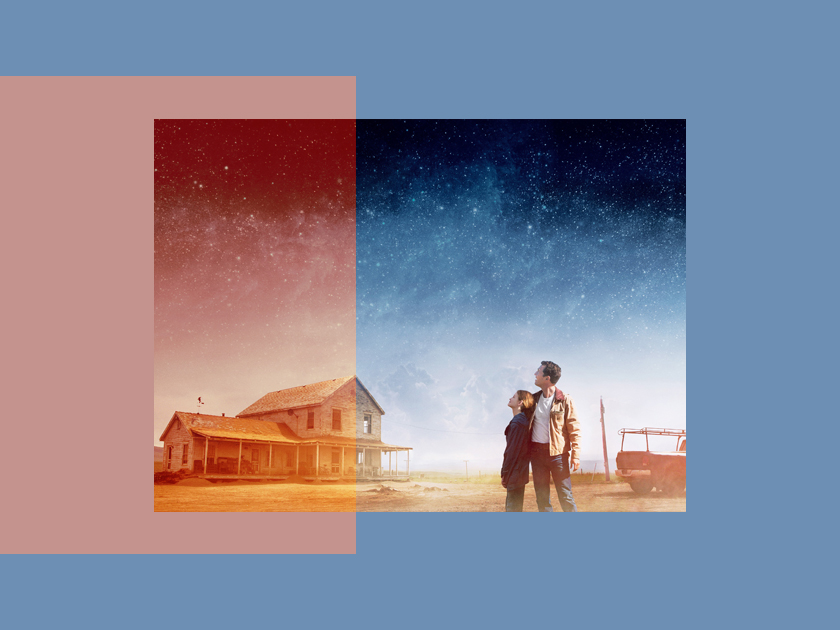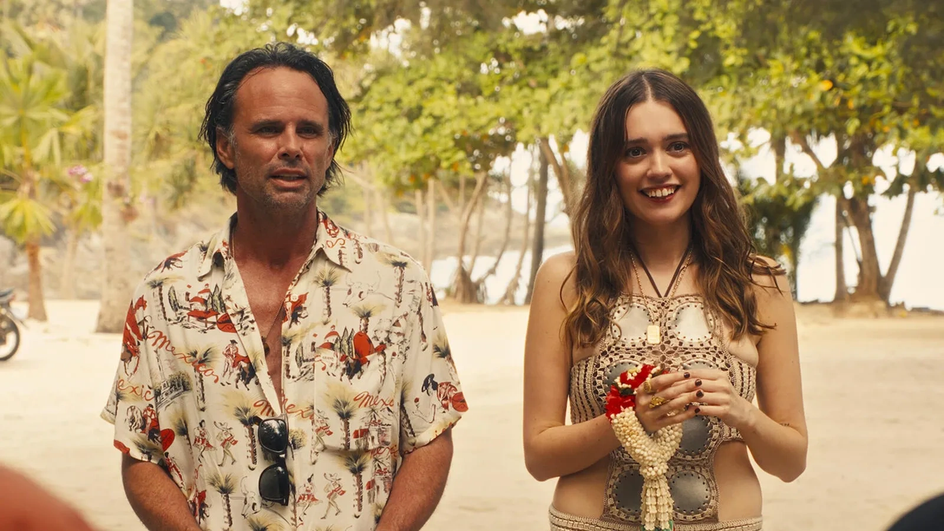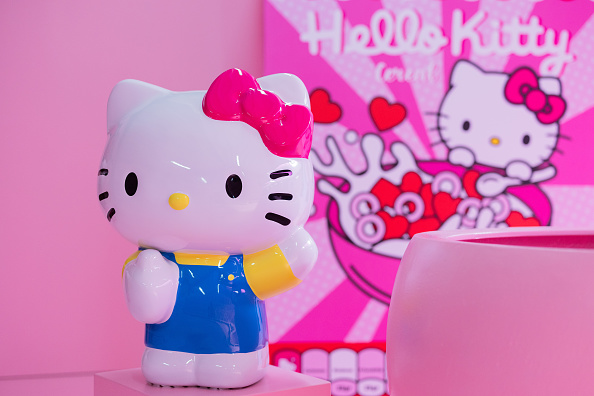Elena Gual paints naked bodies walking, observing and resting on the canvas, all different, but with one thing in common: they are all women. Representations that are born in the imagination of the artist and which she later transports to her work thanks to the palette and oil paint.
He was born in Majorca in 1994 and is one of the young artists who has grown the fastest on the national stage, so much so that she is already making her way to other cities such as London, where she out of stock, and in new yorkmore specifically, the Voltz Clarke Gallery on the Lower East Side, where his painting was on display until September 18.
He has trained in some of the best art schools in the world. She started painting at the age of three and trained as a classical painter at the art academy of Florence. He then studied at Central Saint Martins and the Royal Academy in London. After completing his studies, Gual continued to paint several commissioned portraits, until he had an allergic reaction to the turpentine he used to clean his brushes. After this event, the artist had to change her technique and develop a different language which he could continue to create, and he did, far from giving up, he took the spatula and he found a personal and charismatic voice that he captures in each of his paintings.
The painter works with Drew Aaron, founder of Gallery RED, one of the most renowned galleries in Spain, which exclusively represents Gual worldwide. At 45, the American businessman is considered one of the greatest art collectors under 50 in the world. He has more than twenty years of experience as a collector and has come to baptize Elena Gual as “the next Picasso”.
You just got back from exhibiting in New York, how was that experience?
The truth is that it has been very exciting. When I was 23 I was allowed to live here for half a year and since then I have always had the desire to exhibit here. At the beginning of my relationship with Gallery Red, I told them it was one of my biggest concerns and in just a few months they made it possible, for which I am immensely grateful. The truth is that it has been an experience that has exceeded my expectations.
The works showcased in the Gual pop-up in New York, The imperfect perfect they challenge beauty guns and promote body positivity. Her paintings radiate a deeply beautiful diversity that comes from the different figures, colors and feminine expressions.
Women have a central place in your work. What does it broadcast to you and what do you want to broadcast with it?
From my first travels I realized that I connected in a special way with the women I got to know, more specifically with women from third world countries. I tried to portray them with my camera at all times. My personal work always started with my own photos, from landscapes to portraits. I returned to Palma with a great desire to capture these photos on canvas. Over time, I realized that these women had a lot to say about their essence and lack of equality, so I decided to focus entirely on women as the central figure in my work.
What did it mean to have to change your way of painting after the allergic reaction to turpentine? Do you think this challenge has helped you grow as an artist?
All the way. This allergic reaction was a very dramatic moment in my life. After studying this career, I found myself on the verge of completely rebuilding my life. Imagine… I asked myself, what should I do now? My contact with the spatula was purely coincidental, it happened at the time of farewell to my artistic career. Seeing myself able to work in an even more personal way gave me a power and a desire to express myself that the brush might not have given me.
Gual has traveled to many countries on different continents and for her “each of these places has been a life lesson.” The trips where she learned the most were in India and Peru, where she worked with aid organizations and learned firsthand the plight of some women.
You talk about how important travel has been to you and how countries like India or Peru have marked you. How was your experience? What have these places taught you?
Countries like these undoubtedly have a special light and color. I can imagine that this has greatly influenced my personal taste in imagery in general. Besides what I mentioned earlier. Having women from such a broad social spectrum, with such different characteristics, both physically and personally, has always fascinated me. I owe much of my inspiration to them.
Which painter do you recommend in particular?
I’ve always had references to artists like Van Gogh or Monet, although I think my last phase was mostly marked by John Singer Sargent or Frida Kalo. As for live (or current) artists, I’ve long been obsessed with what Flora Yukhnovich, Ines Longevial, Ela Fidalgo, Jason Martin, Jenny Saville, etc. are doing.
Living by art can be complicated in Spain, there is the wrong notion that if you have a professional job you don’t have to get paid. What advice would you give to all those young artists striving to live their vocation?
At the start of my professional career, in order to earn money from this, I had to focus solely on commissioned portraiture, which I enjoyed doing as it basically put into practice everything I had studied. However, it was clear to me that this was not what I wanted to do for the rest of my life. Over time, after coping with the allergic reaction that made me switch to the spatula, I managed to find a new creative path. I think this is something that happens to all the artists I admire. Time and practice ultimately show us our strengths and weaknesses as artists. I think it’s about empowering the strong and enhancing the weak so that you can become the more complete artist you want to be.
Summarized. I believe that being in the right place at the right time comes from consistent work. If there is no continuity or enough desire, everything is much more complicated, especially for any profession
Tell me about your future, what do you have in mind?
I have several projects that I really can’t wait to do and show you. For some time I wanted to focus on the landscape of Mallorca, to give continuity to the work of those great artists of the island of the 20th century, such as my great-grandfather, among others, always from my point of view. It’s something I want to do very quietly, because in addition to being an honor, it’s also a personal challenge.
On the other hand, I want to express other artistic facets that have always worried me, such as fashion. I don’t want to give too much away, but things are coming…
I would like to leave an empty space for you to express yourself freely. Tell me anything you think might be of interest to Marie Claire readers.
I would like to send the youngest a motivational message. That they dare to give themselves completely to their ideas without putting aside their obligations and show their work to as many people as possible when they really believe it is time to show it. That criticism does not affect them too much and that they are proud of their own opinion and vision. And that above all they practice and surround their lives with what concerns them without ever putting aside the curiosity.
Source: Marie Claire





